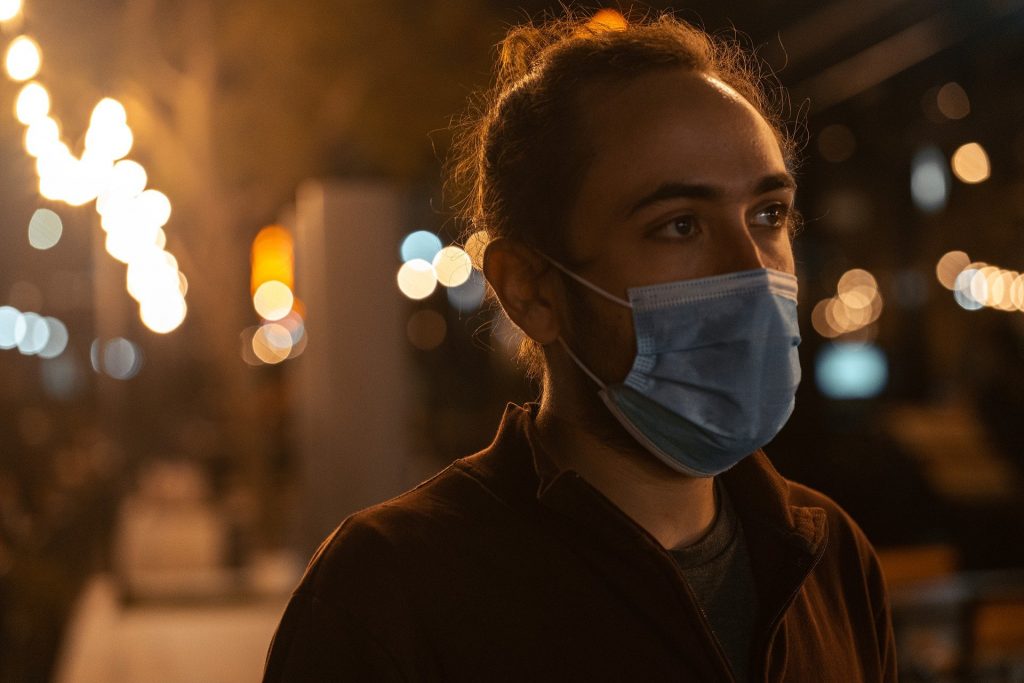New Research Has Finally Pinned Down What Sparked A Global Pandemic
Scientists have found that it originated in a Wuhan market where traders in live animals were selling raccoon dogs and other wildlife.
This article is more than 2 years old

Clues to the COVID-19 pandemic and its origins are finally beginning to emerge, and the data paints a clear picture. Scientists have found that it originated in a Wuhan market where traders in live animals were selling raccoon dogs and other wildlife. This finding has significant implications, as it raises serious questions about the safety of such markets and their potential to spread disease not just within countries but worldwide.
This has led to several calls for tighter regulation and oversight of these markets to protect public health and prevent future outbreaks like COVID-19 from occurring. It also means that people must take extra precautions when traveling to areas where such wet markets are found, including wearing masks and avoiding contact with wild animals and others who are ill.
According to The Guardian, the pandemic has been linked to raccoon dogs sold at the Wahun open market. The Chinese government has since closed the market, and similar markets in other countries have also been shut down.
A raccoon dog is actually related very closely to wild foxes but has markings like a raccoon. They are sold, especially in China, for their meat and fur. The COVID-19 pandemic has spotlighted the need for solid regulations in markets like Wahun, where animals are kept in unsanitary conditions and are not inspected or monitored for disease control.
Because of the recent findings, scientists are finding it to be plausible that the COVID-19 pandemic began with raccoon dogs or other animals infected with COVID. Scientists are currently presenting their findings to the World Health Organization, which will prove the main trigger.
The Chinese government has already banned the sale and consumption of raccoon dogs and other wildlife. This is a big step in protecting our environment from animal-borne diseases, but more needs to be done.
Countries need to implement stronger regulations for markets where animals are sold, especially those that sell wild animals. These regulations should include regular inspections of the premises, proper animal testing before the sale, and education for buyers about zoonotic diseases.
In addition to regulations, governments could increase public awareness about possible sources of zoonotic diseases. People need to be made aware that wild animals can carry dangerous pathogens that could potentially spread to humans and cause a pandemic. They should also be informed about the proper way to handle and care for wildlife, such as wearing gloves when feeding or cleaning out enclosures.
Finally, governments can look to strengthen their collaborations with international partners to share data and best practices for disease prevention. By having access to more information, countries can better anticipate any pandemic outbreaks and take appropriate preventative measures.
After a US energy department intelligence review and Republican-led hearings investigating the causes of the pandemic, the lab leak scenario has received attention in recent weeks. Both theories lack tangible evidence, which may never be discovered.
The most recent genetic evidence does not demonstrate that raccoon dogs or other creatures carried the COVID virus to the market and transmitted it there. If the animals have the virus, they might have gotten it from infected people. However, testing has not confirmed this pandemic theory as of yet.
The results do, however, raise the probability that a sick animal and, ultimately, the illegal wildlife trade were the root of the COVID-19 pandemic. This is the pandemic that changed how people around the world work, act, and dress on a daily basis. In fact, the COVID-19 pandemic fundamentally changed us all forever.





